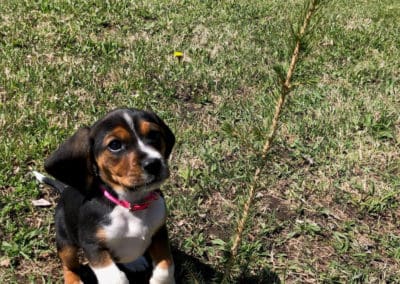Wild Roots
Wild Roots
As we reflect on 50 years of restoring northern Michigan’s most vital natural resources, we are focusing in on preservation and stewardship. We can’t help but think – what can we do to ensure that our work endures for future generations? The answer: follow Mother Nature’s lead.
In 2019, we piloted Wild Roots, a reforestation program that incorporates more natural “green” infrastructure in our watershed restoration projects. Using research steeped in science and conservation, we are helping landowners grow trees and shrubs that thrive naturally in northern Michigan – and in areas that need them most. For any property, native plants are instrumental in saving time, money, and water, and providing the best possible habitat to local wildlife. As the climate produces stronger storms and heavier rains, trees and forested riparian buffer strips play an increasingly important role in reducing stormwater runoff and filtering pollutants that would otherwise wind up in our waterways. They breathe in carbon dioxide and breathe out oxygen, provide food and shelter to birds and other wildlife, control erosion, and are the least expensive, best management practice we can add to our landscape.
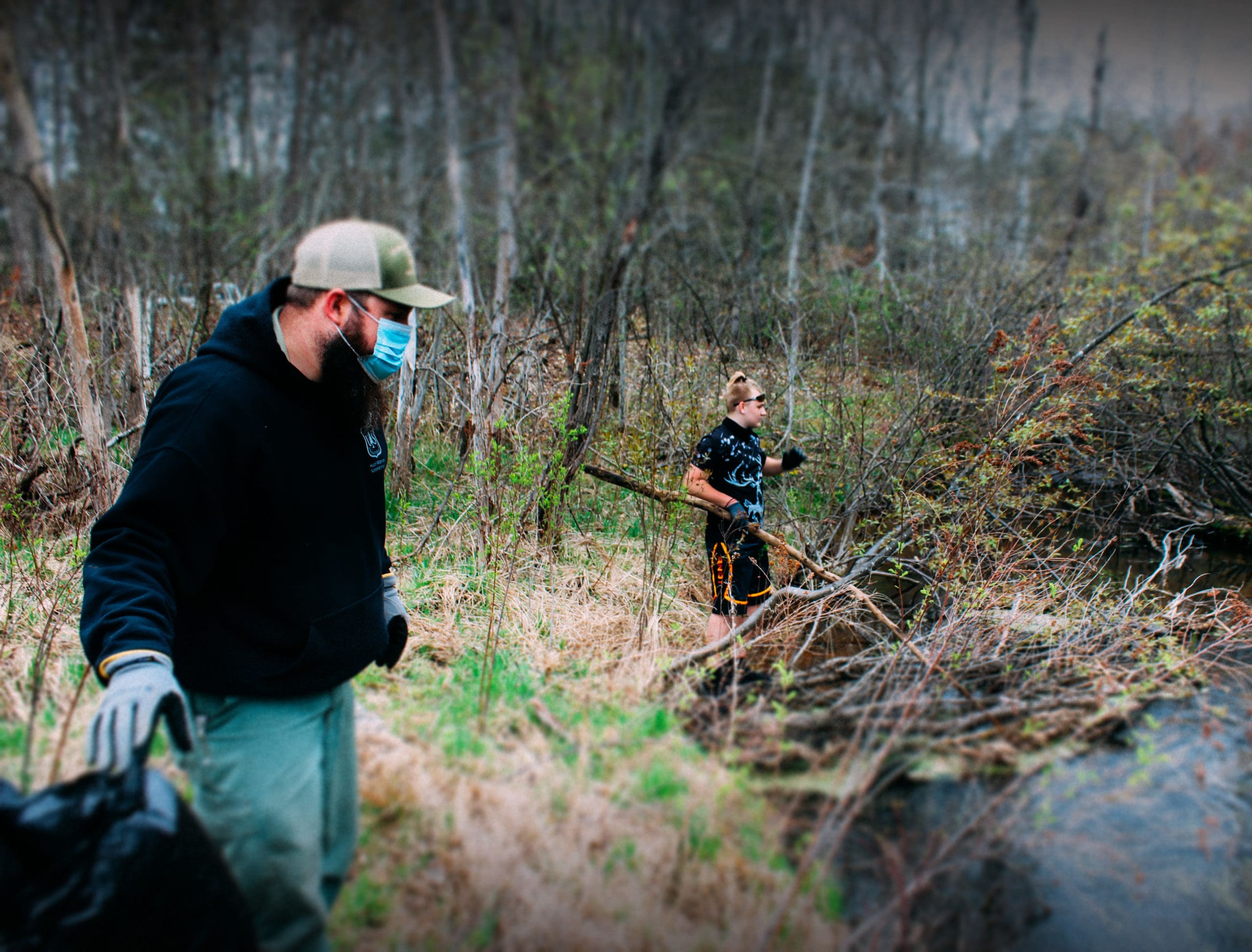
Photo: Forestry staff and student pick up trash while planting seedlings in Baldwin, MI
Wild Roots’ design is simple – it is a cost-share program offering native plants to property owners at a greatly reduced rate. In its first year, Wild Roots partnered with hundreds of landowners – big and small, private and public – to plant over 17,000 native trees and shrubs. “This effort furthers Forest Service Urban and Community Forestry program goals by bringing people together, enhancing the benefits of trees and forests in the local watershed,” said the USDA Forest Service’s Eastern Regional Forester, Kathleen Atkinson.
“Forest restoration is the best climate change solution today.”
Each spring, CRA will partner with organizations – including the Leelanau Conservancy, Grand Traverse Regional Land Conservancy, and Grand Traverse Band of Ottawa & Chippewa Indians – to host several volunteer tree plantings. Over five years, our goal is to put a total of 100,000 additional trees on the planet. In doing so, we are helping to create the next generation of conservationists whose tree planting efforts will become living legacies of stewardship.
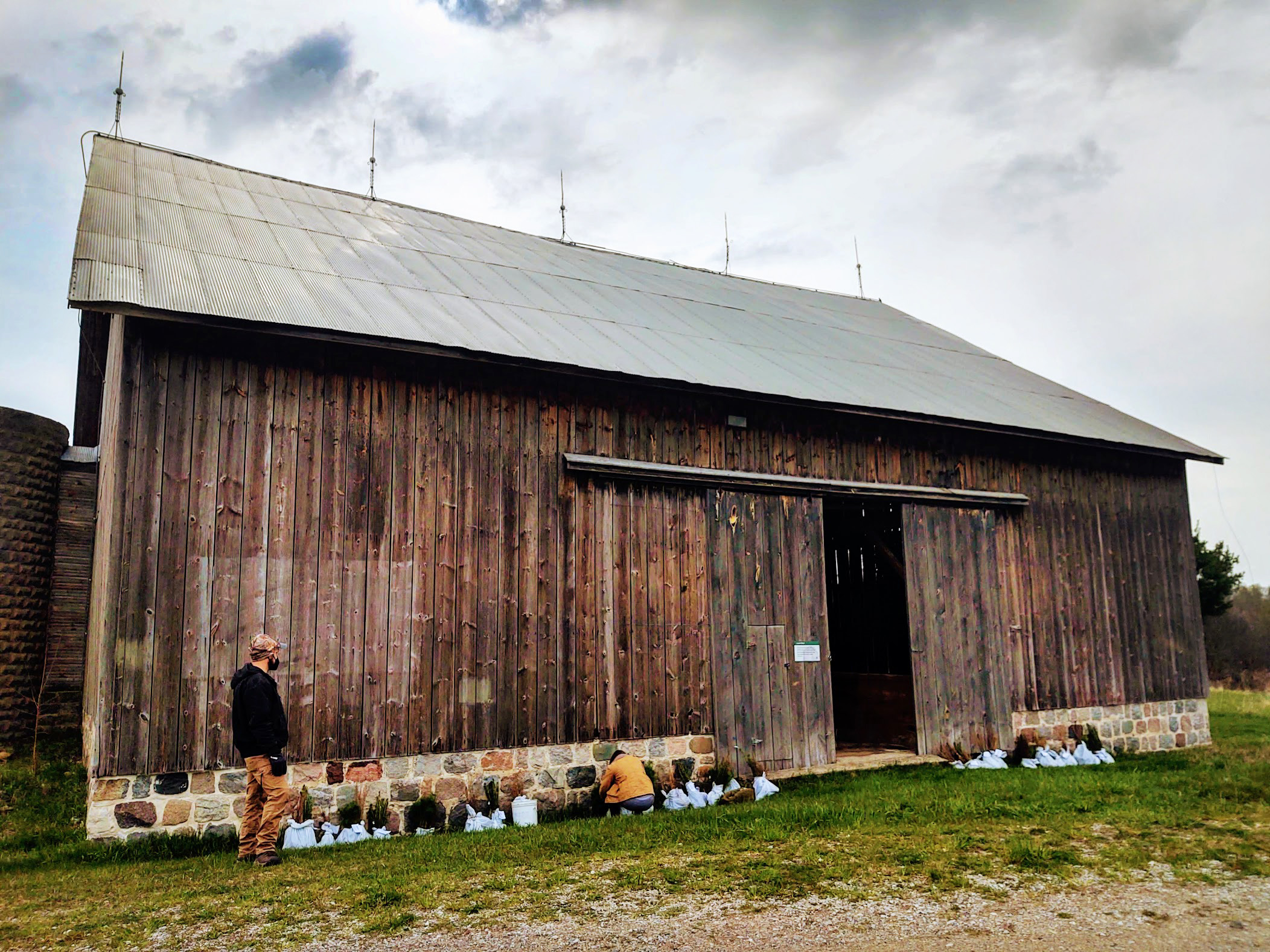
Photo: Staff members prepare seedlings for pickup

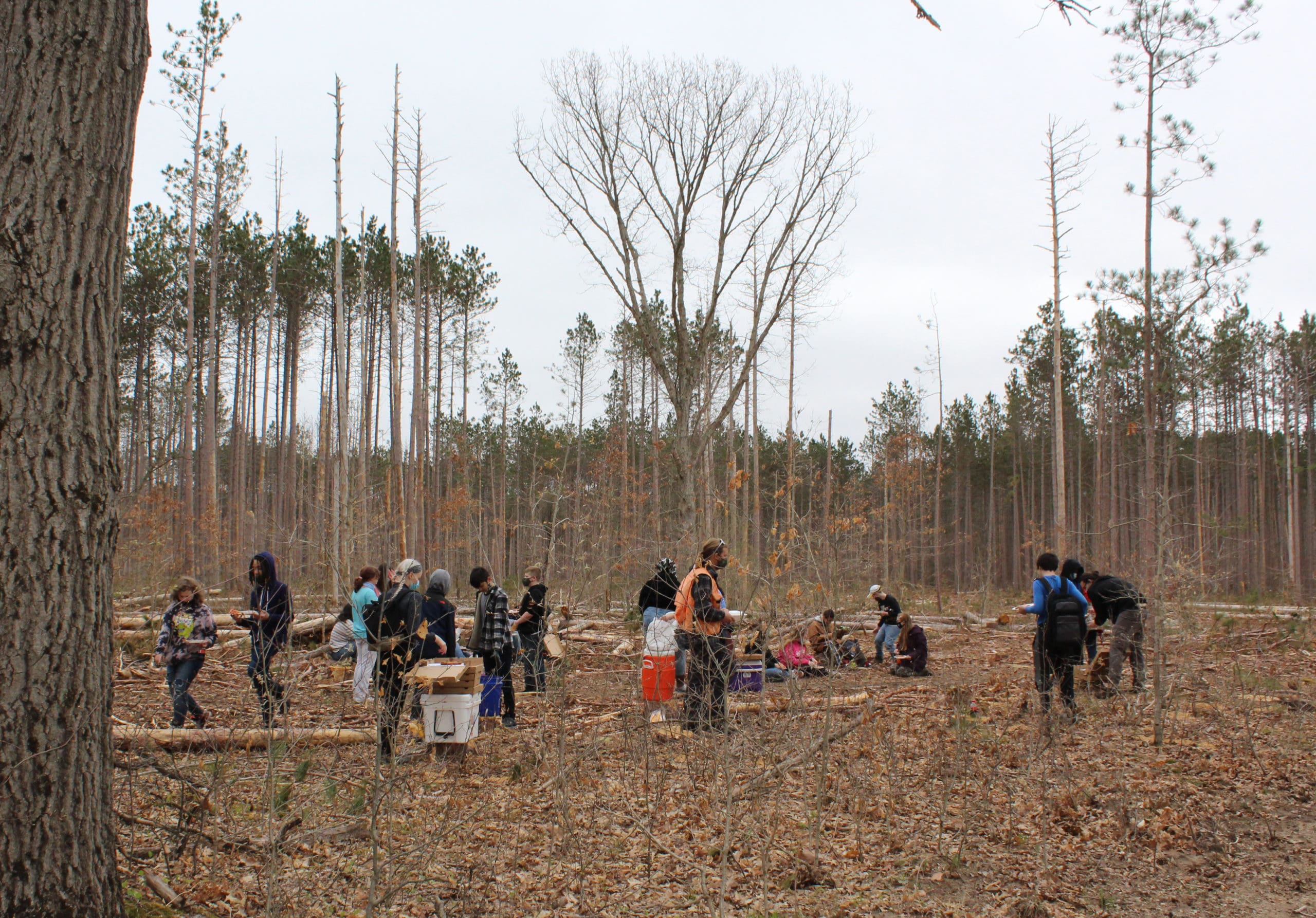
Photo: Baldwin school kids plant seedling as part of the Wild Roots program
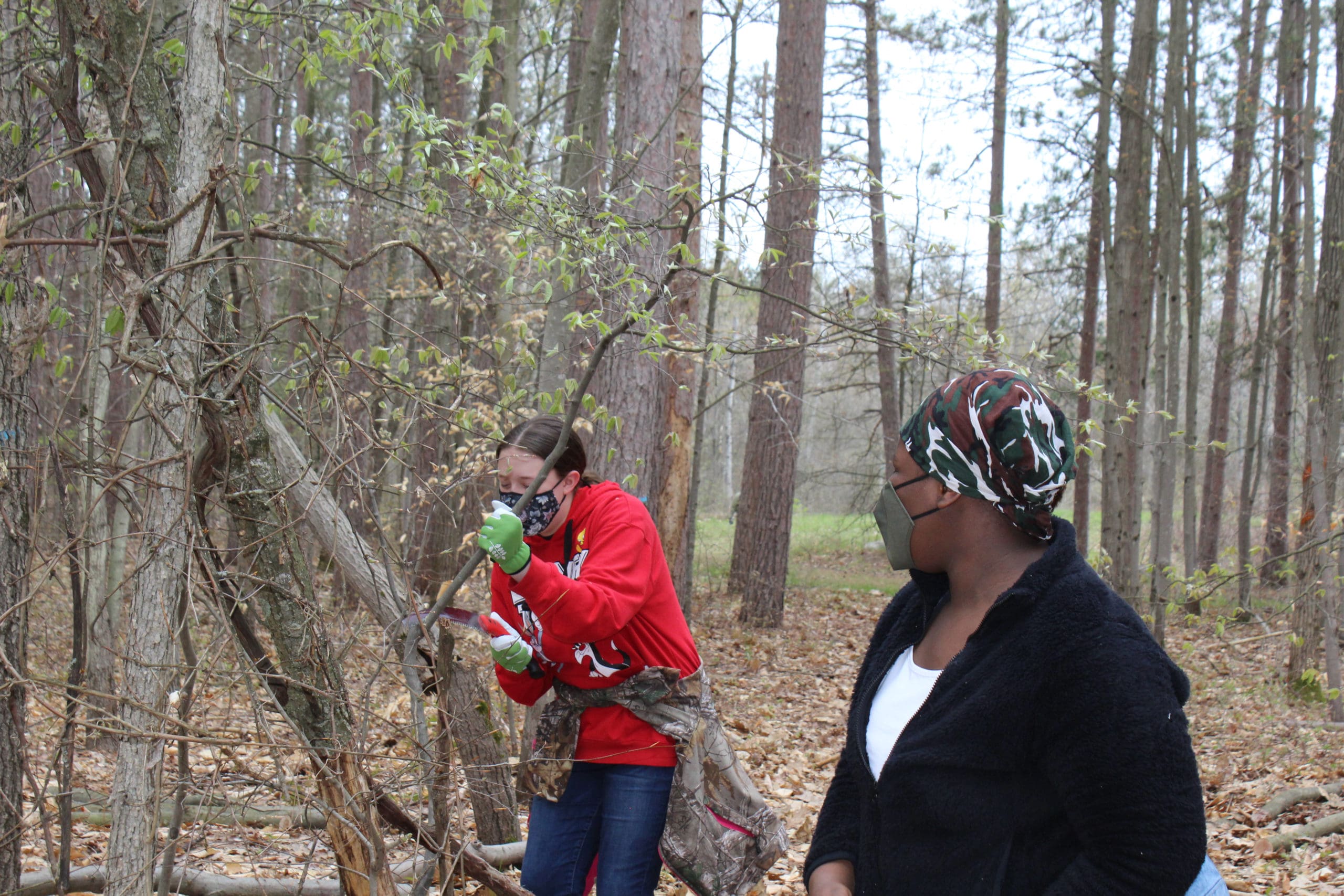
Photo: School kids learn how to remove invasive plants on a Field Trip
Projects like this are not possible without the help of our members and partners. We’d like to send a special “thank you” to:
Consumers Energy Foundation, National Fish and Wildlife Foundation – Sustain Our Great Lakes Program, Michigan Department of Natural Resources – Wildlife Habitat Grants Program, Bass Pro Shops and Cabelaʼs Outdoor Fund, ITC, National Forest Foundation, Huron-Manistee National Forests, and Pour for More. This project is funded in part by Great Lakes Restoration Initiative grants through the U.S. Department of Agriculture, Forest Service, and the U.S. Environmental Protection Agency. These institutions are equal opportunity providers.




